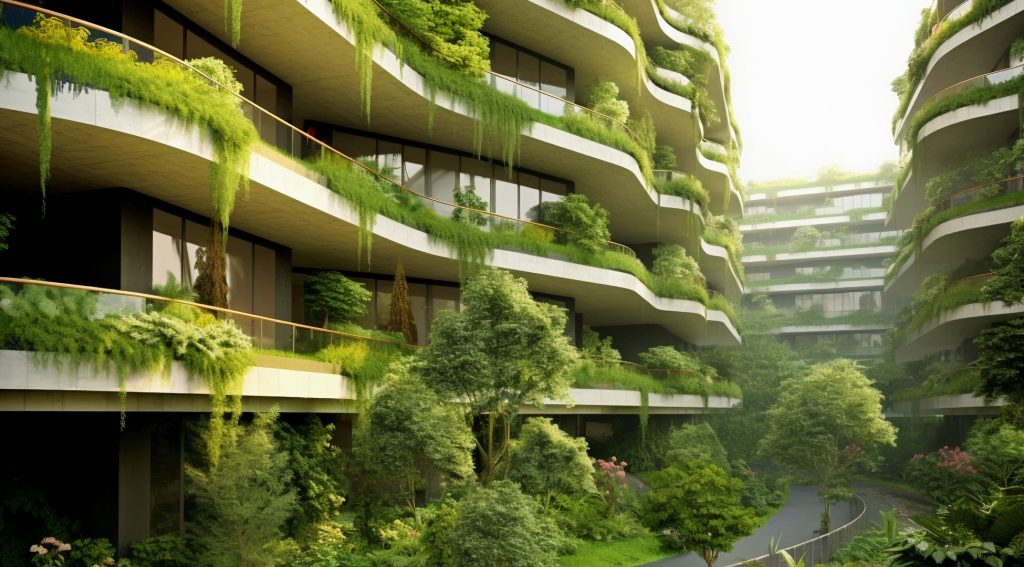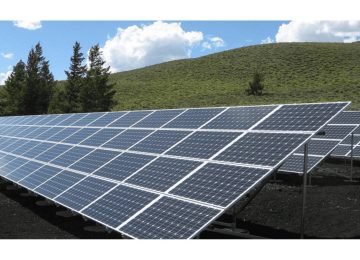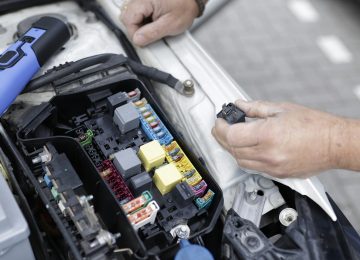Is the real estate segment taking pole position in augmenting India’s net-zero journey?
LEED Certified Buildings Increasing in India: What does this mean for the construction industry and the impact on the environment?
According to UNEP, the buildings and construction sector, responsible for 37% of global emissions and 34% of energy demand, is the largest greenhouse gas emitter.
Green buildings promote sustainable, resource-efficient construction and use throughout a building’s life cycle, aiming to reduce environmental impact through efficient water, energy, and material use.
Researchers are exploring technological improvements to reduce carbon footprint, with the most significant environmental impact being pollution from fossil fuel consumption.
India is currently the fourth largest market for LEED, with over 2.6 million square feet of space certified using LEED. With 40% of Indians expected to reside in urban areas by 2030, the entire value chain of the Indian real estate industry must collectively adopt sustainable development practices.
Some developments prove a point.
- India has achieved 3rd position in the 2023 LEED certification rankings, solidifying its position as a global leader in sustainable development and resource-efficient buildings.With this, the country has completed 248 projects covering over 77 million square feet, showcasing its growing environmental consciousness and commitment to sustainable development.
India ranks second in the U.S. Green Building Council’s Top 10 Countries and Regions for LEED certification in 2022, with 323 projects awarded certification, covering over 10.47 million GSM of space. India’s ranking is a result of its growing adoption of LEED to reduce emissions and support citizen health. Green Business Certification Inc. administers LEED certifications in India.
- The GRIHA Council, a not-for-profit organization, promotes green buildings in India. The council has certified more than 80 buildings as green to date. Despite less than 2% of buildings being green, 60% of infrastructure is expected to be unbuilt within the next 20 years, presenting significant development opportunities.
- Conscious buyers and investors force developers to obtain LEED/GRIHA certifications. These lend credibility to a green project.
- Additionally, strict compliance laws and international competition are also forcing the developer community to obtain green credits.The Indian government has recognized the importance of sustainability in the real estate sector, introducing regulations and initiatives like GRIHA and LEED to encourage sustainable building practices.
LEED certification in India offers a pathway to sustainable construction, offering benefits such as energy savings, water conservation, and a greener future for the nation. Prefabrication, a technology that reduces carbon emissions, time, costs, and construction waste, is becoming increasingly popular in India.
But do LEED and GRIHA certifications guarantee sustainable practices?
Critics argue that LEED certification is often criticized for its lack of sustainability and focus on design over performance.
For example, buildings are required to report energy and water usage, but it’s unclear if they are saving energy. Regular meetings can help ensure proper resource use. As LEED status increases, businesses may seek its approval, leading to increased incentives and blindly following its requirements without questioning its purpose.
A major point that developers must focus on is building lifecycle management. Corporates and residents must leverage bike tracks or walking tracks and use public transport which aids the reasons for obtaining the credits and certificates.
Some questions:
But is there a linear process or a regulation that brings all the stakeholders on a single platform? Uses platformization strategies to provide long-term visibility on a project? And transparency that encourages even the smallest stakeholder to voice his thoughts?
This may sound like an ideal world theory. But the time is ripe to put it into practice.
The setting up of a loss and damage fund (LDF) to finance climate change damage during COP 28 is a welcome move. However, it is yet to gain traction beyond the initial funds announced at the event. Experts note that by 2030, vulnerable nations could face annual damages worth $290-580 billion, with the total cost rising to $1-1.8 trillion by 2050.
India could pave the way in climate mitigation and the real estate segment can be a key player in the endeavors!
Our take:
As per Global Data, India’s construction market is expected to grow at an annual rate of growth (AAGR) of more than 5% between 2025 and 2028, from $825.6 billion in 2023. The growth will be driven by investments in the hotel, industrial, green energy, and transportation infrastructure projects credited with the market’s expansion.
While this is a great opportunity for the country to expand infrastructure and invite domestic as well as global investors, it also throws a harsh light on the environmental impact of rapid, un-governed rampant construction.
India is on the cusp of obtaining its net-zero targets. The real estate sector is at the forefront of enabling the country to achieve its goals. Large developers are setting net-zero targets and onboarding experts embarking on their carbon-positive journey.
I believe that both LEED and GRIHA are serving the right purpose. But we need a strong policy push and regulations to monitor the segment. The world is currently witnessing the impact of climate change. Heatwaves, forest fires, and floods have caused havoc in the lives of people and property.











